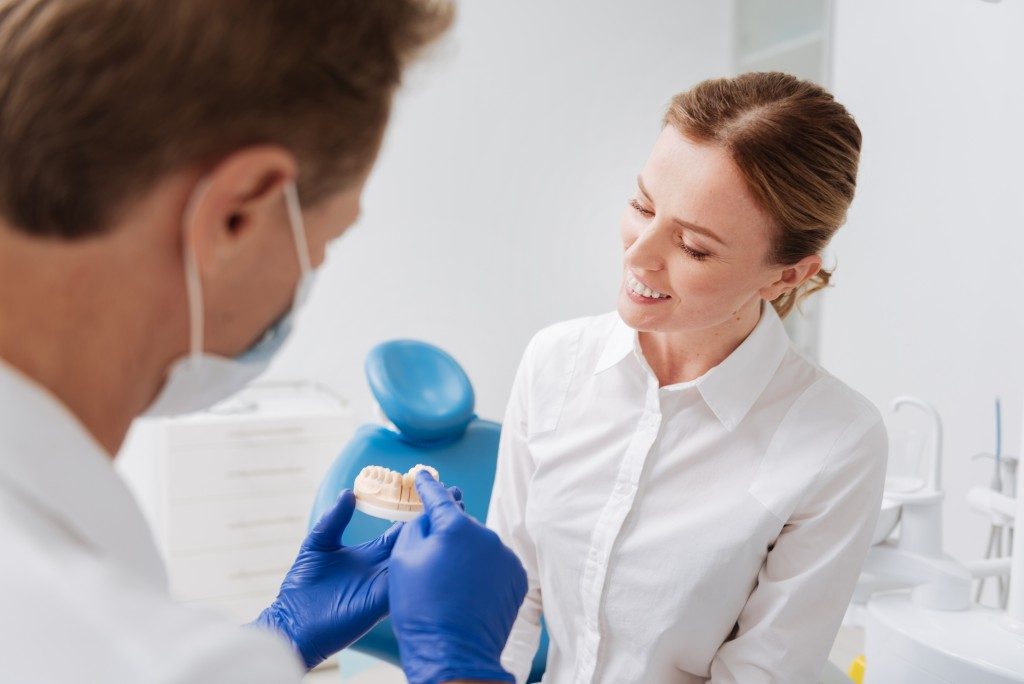Many people are aware of dental braces. The problem is they may not have enough idea about what these are and what makes them necessary in the first place. The following questions can help ensure that you make a sound decision for yourself or a loved one.
1. What’s the relationship between orthodontics and braces?
Orthodontics is a specialty in dentistry that specializes in the treatment, management and correction of malocclusions. These are problems pertaining to the alignment of the teeth. These include the following:
- Overbite
- Underbite
- Crossbite
- Overjet
- Impacted Tooth
- Overcrowding of the teeth
- Missing or gap teeth
To correct these issues, an orthodontist in Tehachapi, CA, for example, will use various oral appliances. One of these is the braces.
Note, though, that braces are not the only option. Others are retainers, bumpers for the cheeks, headgear and fixed-space maintainers, to name a few. Only an orthodontist can recommend the ideal solution, and it’s possible for a person to use more than one appliance to treat the problem.
2. What are Braces?
A brace is one of the most common options to improve the appearance of the teeth. It’s a fixed oral appliance composed of many different parts. These include the brackets, which are usually the ones that are most visible. They are square components made from plastic, ceramic or stainless steel. Their purpose is to hold the archwires, which provide a guide for the teeth once they start moving.
The primary reason for wearing braces is to apply gradual pressure on the teeth, so they will eventually move. In the process, the bone structure will also change, making the effects more permanent.
3. When is the best time to wear braces?
It’s not only children who can or should wear braces. Adults can do so too. Most experts, though, agree to start the process as soon as possible. One of the reasons is bone development. In adults, the bone no longer grows or forms, so it may take much longer to see the results.
When it comes to children, the most appropriate age is right after they grow their permanent teeth. It doesn’t mean parents shouldn’t bring their kids for dental evaluation even before this age. It’s still possible for the dentist to suggest it even when they are still young and have baby or milk teeth.
Starting early can also give the teeth enough time to move. The movements can be so slow it may take as long as three years to fix a malocclusion. After this, the person will have to wear a retainer to ensure the teeth stay in their new place.
4. Why is it necessary to correct a malocclusion?
There are two primary reasons to correct a malocclusion: cosmetic and functional. For a person, the objective may be both.
In cosmetic, it means the individual wants their teeth to look good. A study published in the Journal of Orthondontic Science revealed malocclusions could affect the self-esteem of teens. Misaligned teeth can also result in problems in chewing or biting. It could also lead to problematic jaws.
In summary, dental braces can improve a person’s confidence and overall dental health. Adults and parents, therefore, shouldn’t wait longer if they have problems with malocclusions.

